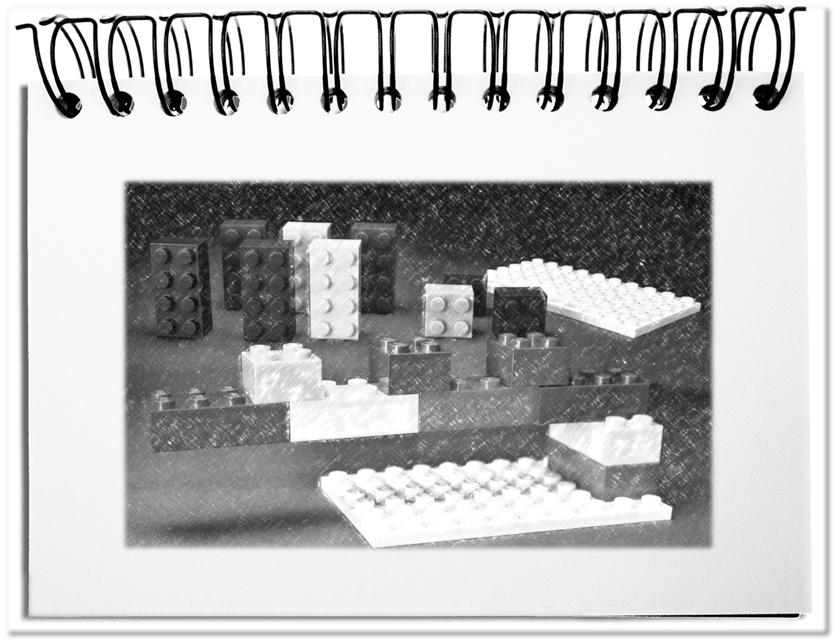One consequence of the information age is the unbelievable amount of data on the Internet of more than 33 zettabytes –
33 000 000 000 000 000 000 000 000 Bytes.
With about 20 e-mails per employee, the responsible people are trying to reduce their costs. For storage it takes the right hardware and software, infrastructure and electricity, as well as the right personnel. A common remedy is limiting the size of individual mailboxes and to transfer the management of this bottleneck to the employees. That way, the hitherto experienced specialists are being replaced by a flood of “amateur administrators”, i.e. in total all employees of the company. This isolated stand-alone solution of the IT department costs the companies many times more than the savings in IT.
Based on this example, we consider the consequences of a reductionist approach, which prefers the uncoordinated execution of units and must lead predictably to unintended consequences that harm the company as a whole. As simple as the reasons are, they are easily overlooked.
- The individual part does not supply any sign of the Big Picture
By examining a Lego brick we obtain data about its color, size and the number of connections. However, the individual brick tells nothing about its function at the point of use or the purpose, size or complexity of the assembly. Companies try to remedy the deficit of their division of labor by proper strategic and cultural measures, which are set by the management. In the above example, the pure costs of running the email are offset by the consequences for the company – overflowing email accounts; time taken to sporadically manage each email inbox by all users; time delays due to blocked inboxes; dissatisfied counterparts. - The measures are limited to the subject matter
The activity limited to the individual stone reduces the complexity and simplifies the processing due to the missing consideration of the affected environment. The result is checked with appropriate test cases. However, the wide variety of use cases can only be reproduced to a certain extent. At the end is the fragment that is assumed to fulfil its purpose on its own. In companies, procedures based on the division of labor succeeded over the years. The interfaces to other areas are assumed to be known and are accordingly considered in business processes and projects. When supplying the downstream areas, one department pursues the goal of delivering as little as possible. At the same time, it expects more than is actually needed for individual processes, just in case. The lack of an overall view prevents a meaningful exchange. In our example, it leads to delayed, incomplete or simply incorrect backups of the email contents, which generates immense additional expenses for searching and restoring the data for all employees. - The possible synergies are invisible determined by the system
An area defines its scope of action and the necessary interfaces based on its function. Within this framework, its own goals are the top priority. Engagement for goals that go beyond this increases one’s own efforts without foreseeable appreciation. There are even noticeable disadvantages if the own goals are missed later. Out of understandable self-interest, the departments therefore concentrate only on their own matters. The unintended consequences for the company resulting from the interaction are suppressed, as they are outside of their own scope. The overall result of the company is getting therefore worse. In the end, the reduced IT costs for e-mails are offset by the lower productivity of the employees. On the one hand because they cannot perform their actual tasks during this time. On the other hand, they cannot develop a routine due to the sporadic obligation. Not to mention the disadvantages that arise after the mailbox overflowed – the sending of e-mails is delayed; incoming e-mails are no longer accepted and have to be resent.
The whole is more than the sum of its parts does not mean that isolated outcomes automatically result in added value. The units produce results that either contradict different interests or override one’s own contributions or those of others. Only when working holistically, there is a chance for more. Even if the disadvantages of silo thinking have already been recognized and are being replaced by comprehensive process management, the transfer points between the tunnel tubes, even if much less, still need to be operated. New ways of synergy are needed to prevent the blind spots that still exist between the responsibilities. The liberated company that hands over control to the employees based on a positive human image, is a conceivable approach to mastering the ever-increasing complexity.
Bottom line: A company is nowadays a tightly woven network of activities that reacts sensitively to the smallest changes. At the same time, companies have not yet managed to break away from traditional structures. The result is a conflict of goals between the company’s intentions and its “sub-companies”, divisions, departments and teams. Silo and tunnel walls no longer fit into this fast-moving era. The price of the encapsulated individual solutions, which lack the connection to the whole, which only take care of their own construction sites and do not take into account possible synergies, are consequential disadvantages, which increase the risk and damage the whole, as well as missed advantages, which would result from a joined approach.

